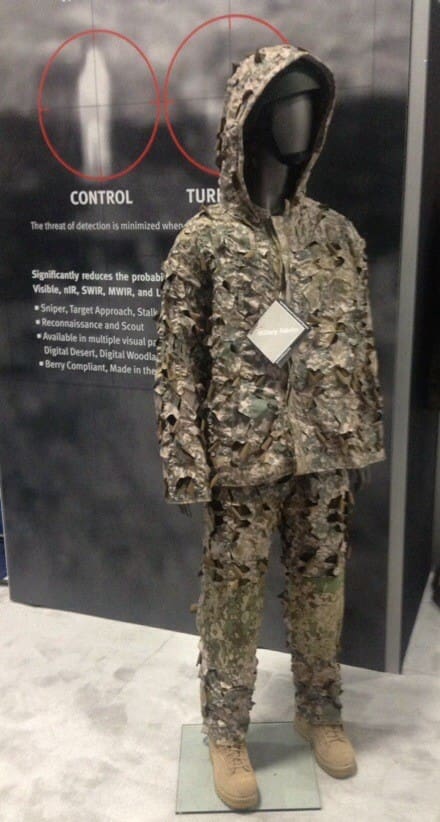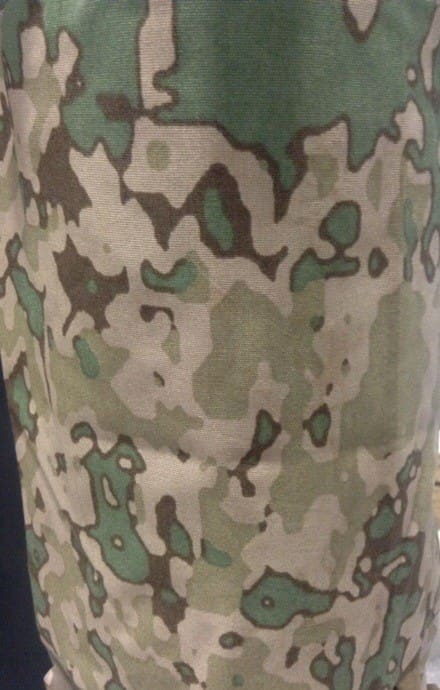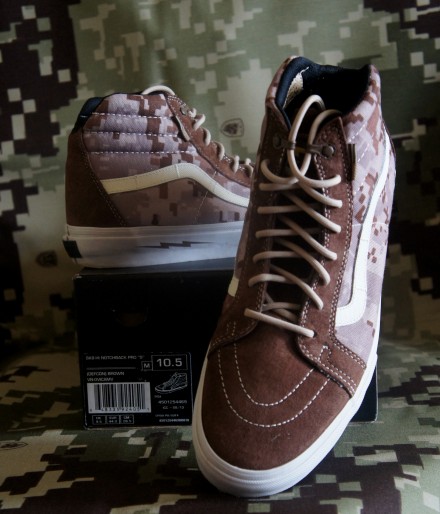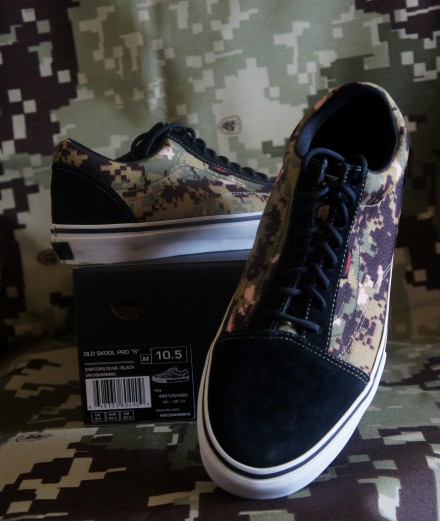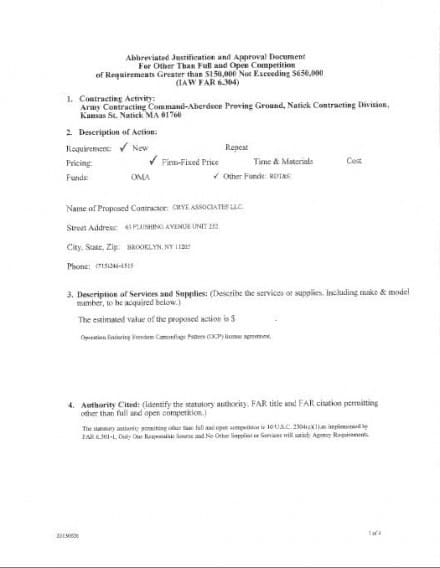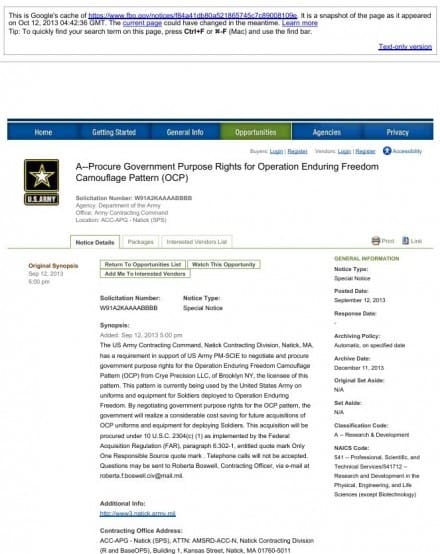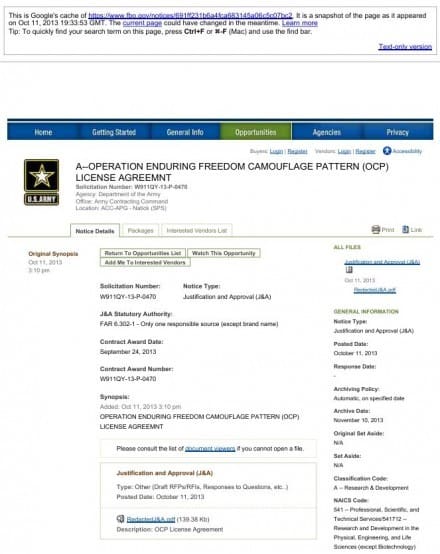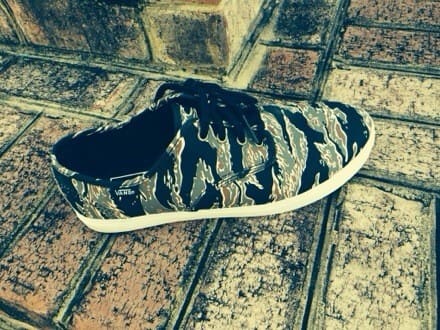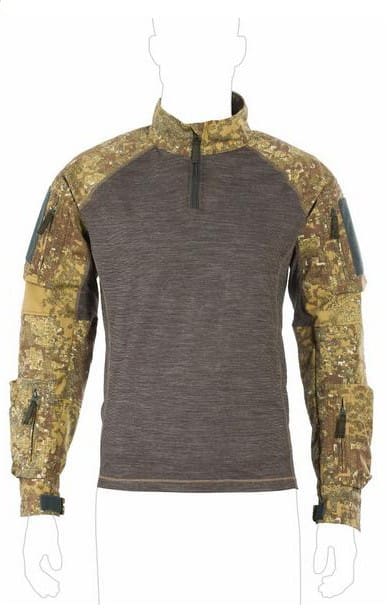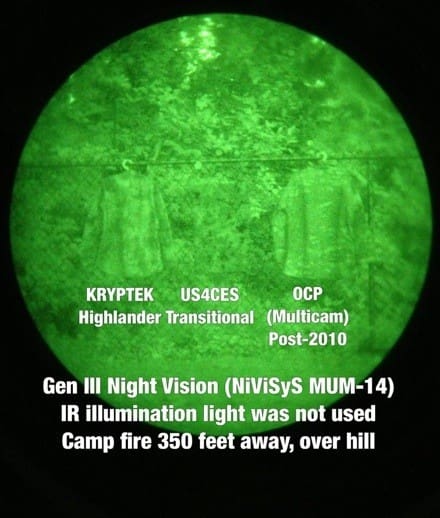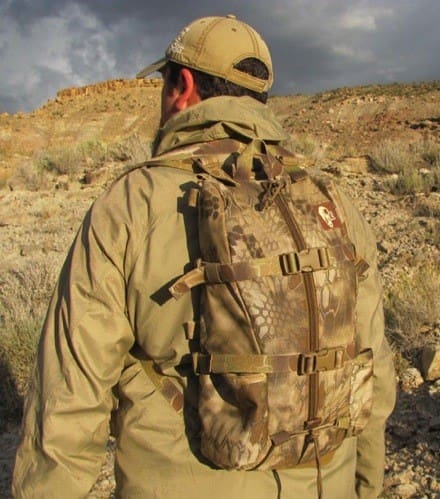“THROUGH GORE’S PARTNERSHIP WITH RAVEN AEROSTAR, A WORLD CLASS MANUFACTURER, THE NEMESIS TURKEY SUITS WITH GORE MULTISPECTRAL CONCEALMENT TECHNOLOGIES OFFER A TRULY REVOLUTIONARY PROTECTION CAPABILITY FOR THOSE GOING INTO HARM’S WAY.”
– JOHN HOLCOMBE, W. L. GORE & ASSOCIATES CO-INVENTOR AND BUSINESS LEADER
Awhile back we told you that WL Gore was about more than just waterproof/breathable jackets. They design and manufacture (or license to others) a wide variety of technologies. In the defense sector alone they have been a constant source of innovation in the soft goods arena. The latest examples of this are the new GORE® Multispectral Concealment Technologies and the associated NEMESIS™ line of Garments, Personal Hides & Equipment Covers, Multispectral Signature Concealment from Raven Industries. Raven Aerostar has a long relationship with WL Gore and manufactured the initial ECWCS garments back in the mid-80s so it’s no surprise to see them introduce this new technology.
Commonly referred to as the Turkey Suit due to its resemblance to the suits worn by hunters. The NEMESIS™ garment seen above features a face fabric in a developmental, proprietary WL Gore camouflage pattern. Considering they have introduced commercial hunting patterns it should be no surprise that they also have military patterns.
But the underlying technology in this material is what’s important. Quite simply, garments made from GORE® Multispectral Concealment Technologies greatly reduce the range of detection from sophisticated multi-spectral (Visual/NIR/SWIR/MWIR/LWIR) sensors.
The NEMESIS Turkey Suit is available in a broad range of military camouflage textile patterns, including Digital Desert (compatible with AOR1 and desert MARPAT), Digital Woodland (compatible with AOR2 and woodland MARPAT), and Transitional (compatible with multi-terrain patterns).
Sizes available: Small/Medium or Large/Extra Large
The garment is available for authorized users on www.gsaadvantage.gov, just search for “turkey suit”.



